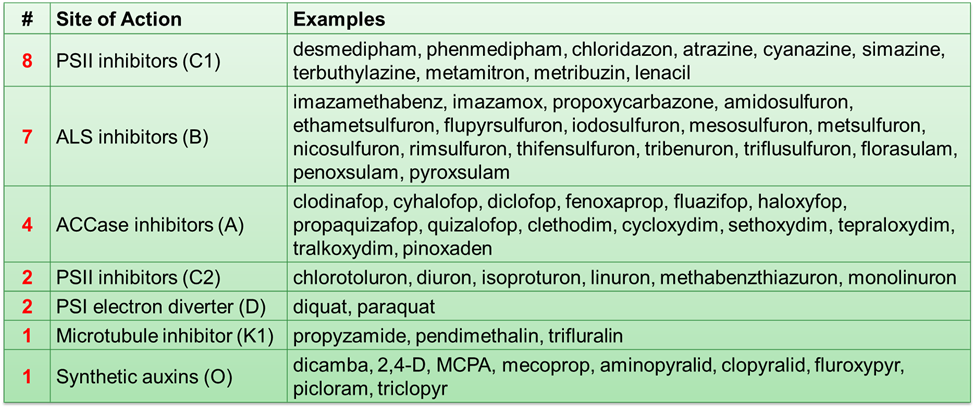
Tackling ryegrass

Weed biology and vigour
Ryegrass is a common arable weed in many parts of the UK, with Italian ryegrass (Lolium multiflorum) prevalent in the Midlands and South and typically more problematic than Perennial ryegrass (Lolium perenne).
One of the key reasons for the prevalence of Italian ryegrass is the simple fact that its seed can survive in soil seedbanks for extended periods (more than five years in the right conditions).
Ryegrass is also exceptionally vigorous and is actually more competitive than black-grass: a population of just five plants/m2 can reduce cereal yields by 5%, with higher infestation rates known to cause losses of up to 89%.
Ryegrass also tillers more profusely than black-grass, with each plant commonly producing over 20 heads and 5,000 seeds. As a result, populations can build up very rapidly.
Herbicide resistance
Herbicide resistant Italian ryegrass was first detected in the UK in 1990 and it is now present on more than 475 farms in 33 counties in England. In comparison, herbicide resistant black-grass was known to be present on 20,000 farms in 35 counties in 2017, so although the rye-grass problem is still in its infancy, it is an increasingly significant cause for concern, especially as resistance to ALS inhibitors was subsequently confirmed in 2012. ADAMA trials in 2021 and 2022 recorded high levels of resistance to flufenacet in Italian ryegrass at sites in Kent and Essex
The main mechanism conferring resistance is enhanced metabolic non-target site resistance (NTSR) which can reduce the efficacy of most herbicides used against ryegrass.
ACCase (FOP, DIM and DEN) and ALS (sulfonylurea) target site resistance have both been confirmed in ryegrass species.
Ryegrass herbicide resistance by herbicide site of action in the UK

Source: HEAP IM (2107) The International Survey of Herbicide Resistant Weeds. http://www.weedscience.org/Pages/SOASummary.aspx
Cultural control strategies
In addition to the use of a robust programme of well-timed, accurately applied, target-specific herbicides, cultural controls are also essential in the fight against ryegrass.
As with all weeds, machinery hygiene is key to preventing the spread of seeds: all cultivation and seeding equipment should be thoroughly cleaned to reduce the movement of weed seeds between fields.
The creation of stale seedbeds, delaying drilling and using spring-sown crops will all help to reduce the weed burden as over 90% of Italian ryegrass germinates between October and December.
Increasing the cereal crop seeding rate will effectively increase competition for light and nutrients, thereby enabling the crop to thrive at the expense of the rye-grass population.
Key ryegrass control tactics
- Delay drilling to create stale seedbeds
- For heavily infested land, consider a switch to spring cropping
- Ensure all cultivation and seeding machinery is kept clean to reduce weed seed migration
- Increase seeding rates to enable the crop to out-compete weeds
- Select an appropriate target-specific herbicide
- Ensure herbicides are applied accurately and at the optimum timing